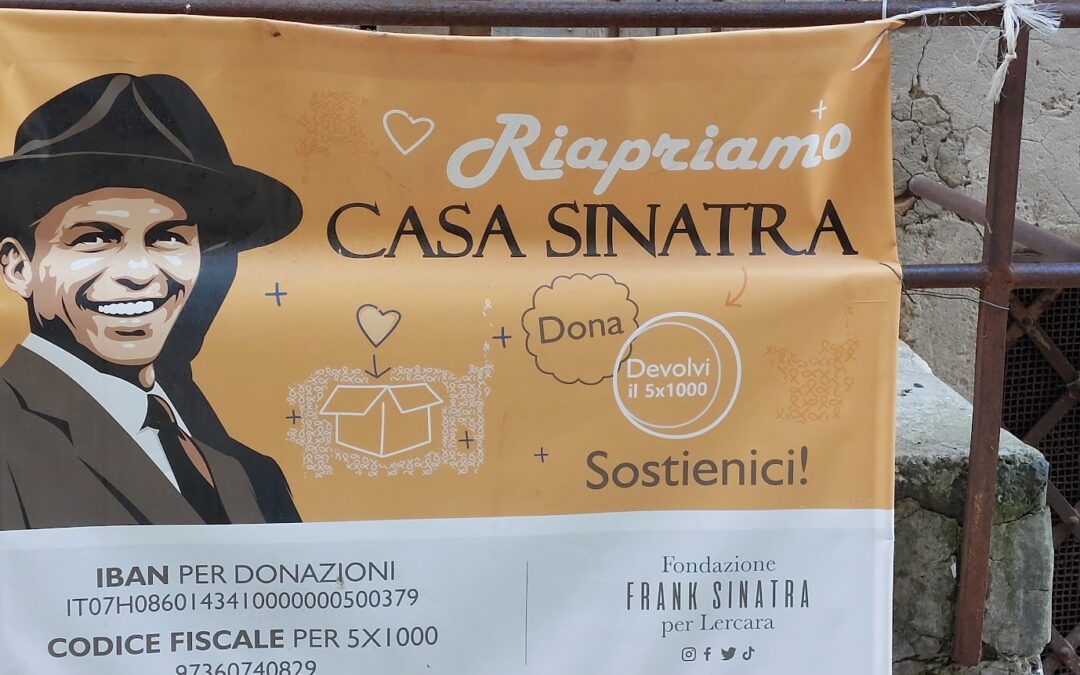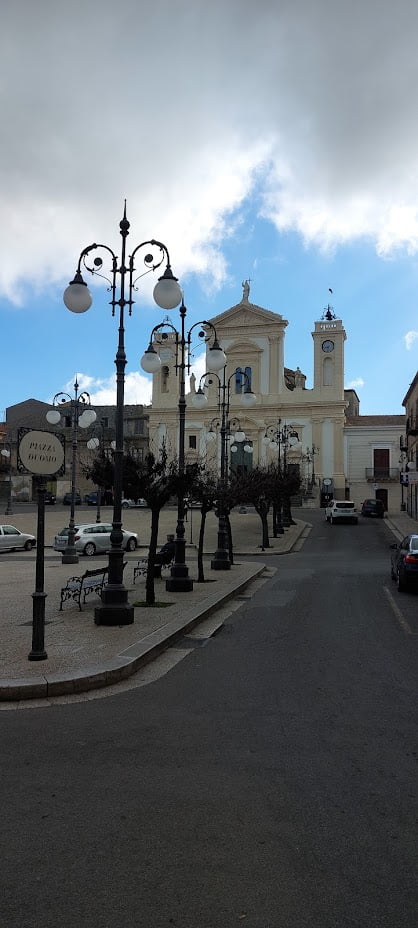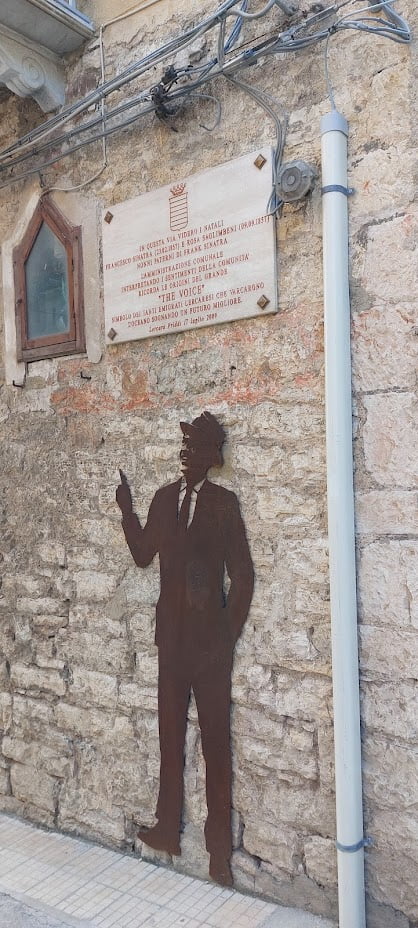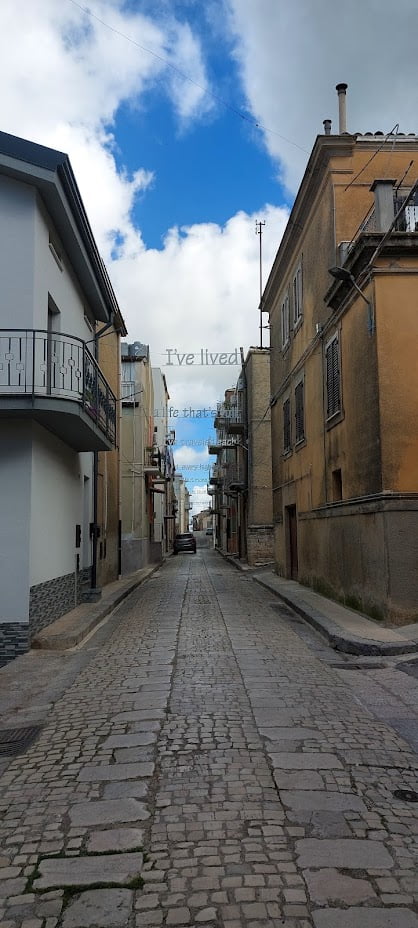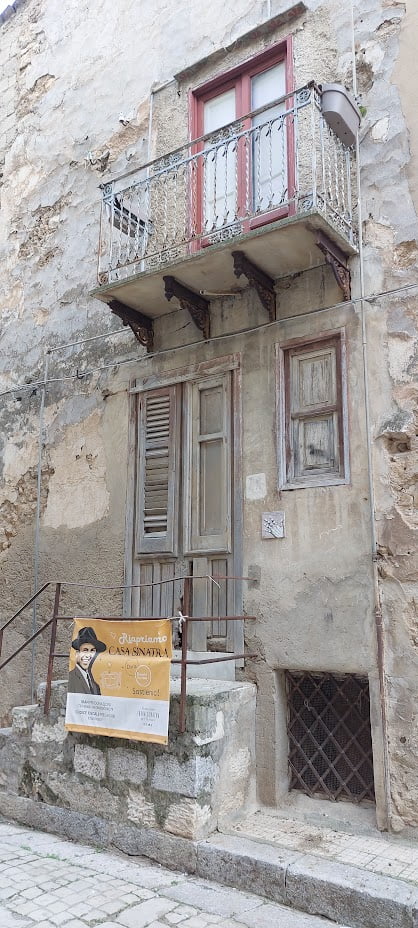Frank Sinatra’s Sicilian Roots: Unravelling the Mystery
Frank Sinatra was born on 12 December 1915 in Hoboken, New Jersey, the son of Italian immigrants Natalina ‘Dolly’ Garaventa from Liguria and Antonino Martino Sinatra from Sicily.
The Sicilian roots of the Sinatras are veiled in mystery, partly fuelled by the singer himself. Various locations on the island have been proposed as his father’s birthplace, including Agrigento, Palagonia, Caltagirone, Catania, and Lercara Friddi.
Agrigento. According to an early theory, Sinatra’s family was believed to have originated from Agrigento, a town situated on the southwest coast of the island. Violinist Ann Barak claimed Sinatra told her of his family’s Agrigento roots.
In her memoir, Nancy Sinatra confirmed that her father did mention their Agrigento heritage when she wrote ‘My Father’s Daughter’. And from Agrigento hailed Ray Dominic Sinatra, a musician and conductor who played a crucial role in facilitating Frank Sinatra’s early entry into the music and radio industry. He is officially recognized in biographies as Frank Sinatra’s second cousin.
Catania. In some biographies we read that Frank Sinatra’s roots were in Catania. As a matter of fact, during his concert in Palermo, on June 13, 1987, Frank Sinatra said, “I am Sicilian, my father was born here” and paused for a moment and then specified “…in Catania” (confirming what he had said a year earlier in Milan)
Palagonia/ Caltagirone. Father Filippo Vitanza, a priest in Palagonia, supported the hypothesis that his grandfather came from Palagonia/Caltagirone. A few days before the concert in Palermo, the ‘Club of the Friends of Frank Sinatra’ offered five million euros to anyone who could produce certain records about his father’s birth. He presented a complete family tree showing that the father of ‘The Voice’ was born in Caltagirone (a town teeming with Sinatra) and lived in Palagonia. According to the priest, his real name was Saverio Antonio.
Another alleged cousin, Giuseppe Scacciano, a lawyer and former mayor of Palagonia, spoke in favour of Palagonia, and the priest was given a photograph of Frank’s father published in the 1997 book ‘Sinatra: The Origins’.
The photo was said to have been sent by Saverio himself in the 1950s to relatives in Palagonia. In the priest’s opinion, a simple show of the photo to the singer’s grandchildren would have been enough for them to recognise their grandfather.
Saverio Antonino allegedly fled to America following an honor killing. Reportedly, he took the life of a man who refused to marry his sister after forcing her into eloping with him.
Lercara Friddi. During the early 2000s, Anthony Summers and Robbyn Swan, two Irish journalists working on a biography of the recently departed iconic singer Sinatra, stumbled upon significant findings. Their research unveiled the names of four Sinatras who arrived in New York in 1903, originating from Lercara Friddi, a small village known for its former sulphur industry near Palermo. Seeking additional insights, they sought the expertise of local historian Nicolo Sangiorgio. Their investigation led them to uncover the marriage certificate of Frank’s paternal grandparents, Francesco Sinatra and Rosa Saglimbeni, in the parish records. Francesco had relocated from Lercara to Palermo, where Antonino, Frank’s father, was born, as indicated by his birth certificate. Francesco embarked on his immigration journey alone in 1900, followed by Rosa and their three children three years later. The saga of the Sinatras in America, filled with interesting stories and detailed accounts, is extensively documented in numerous biographies that delve into the life of “Ol’ Blue Eyes.“
It’s puzzling to think that Frank Sinatra pretended not to know his hometown, especially considering his close relationship with his paternal grandfather during much of his childhood. He even shared with the Italian singer Mino Reitano about their family’s roots in Lercara Friddi. So, why did he pretend not to know and give mixed signals?
The likely reason is the association of Lercara Friddi with Salvatore Lucania, also known as Lucky Luciano, the infamous mafioso of the twentieth century. Luciano, often dubbed “the founder of the modern Mafia” and considered the most significant Italian American gangster, cast a long shadow over the town’s reputation.
Old marriage and baptismal records reveal that both Luciano’s parents and Francesco Sinatra along with his bride, Rosa Saglimbeni, were wed at the church of Santa Maria della Neve within a span of two years. Luciano was baptized in the same font used for Francesco’s first two children, suggesting a close connection between the families. They lived on the same street, the Via Margherita di Savoia, at roughly the same time.
Luciano’s address book, seized by law enforcement authorities on his death in 1962 and available today in the files of the Federal Bureau of Narcotics, contains only two entries for individuals who lived in Lercara Friddi: one a member of his own family and the other a man named Saglimbeni, a relative of Frank Sinatra’s grandmother. Fearing repercussions on his already compromised image, he lied to avoid appearing a fellow townsman of Lucky Luciano, who was well known to him.
However, he held his sole concert in Sicily in Palermo. The town where his father was born to a family from Lercara Friddi, who had relocated there before crossing the ocean to pursue their “American dream”.
Sicily Roots Tour Discover your ancestors hometown.

